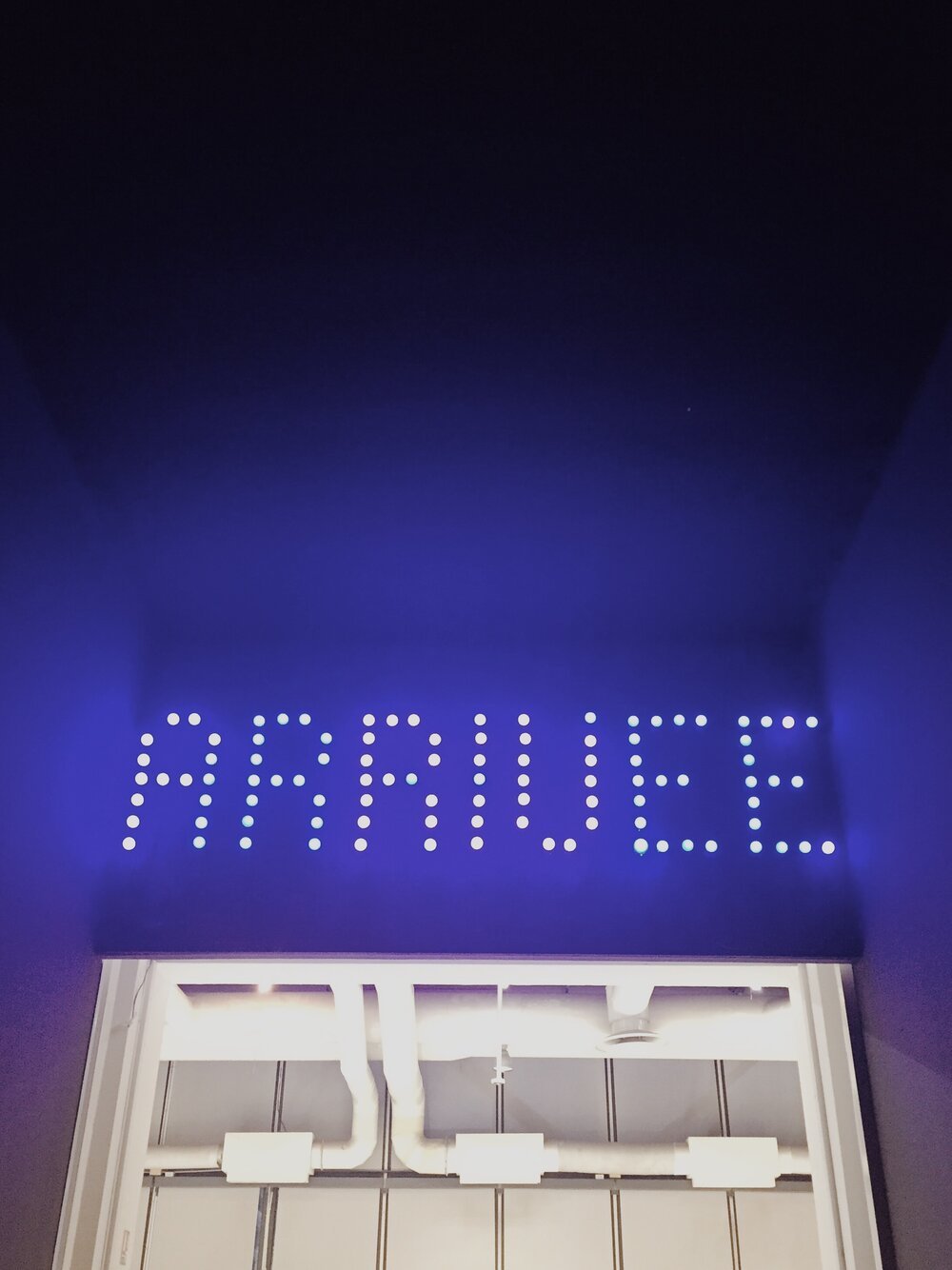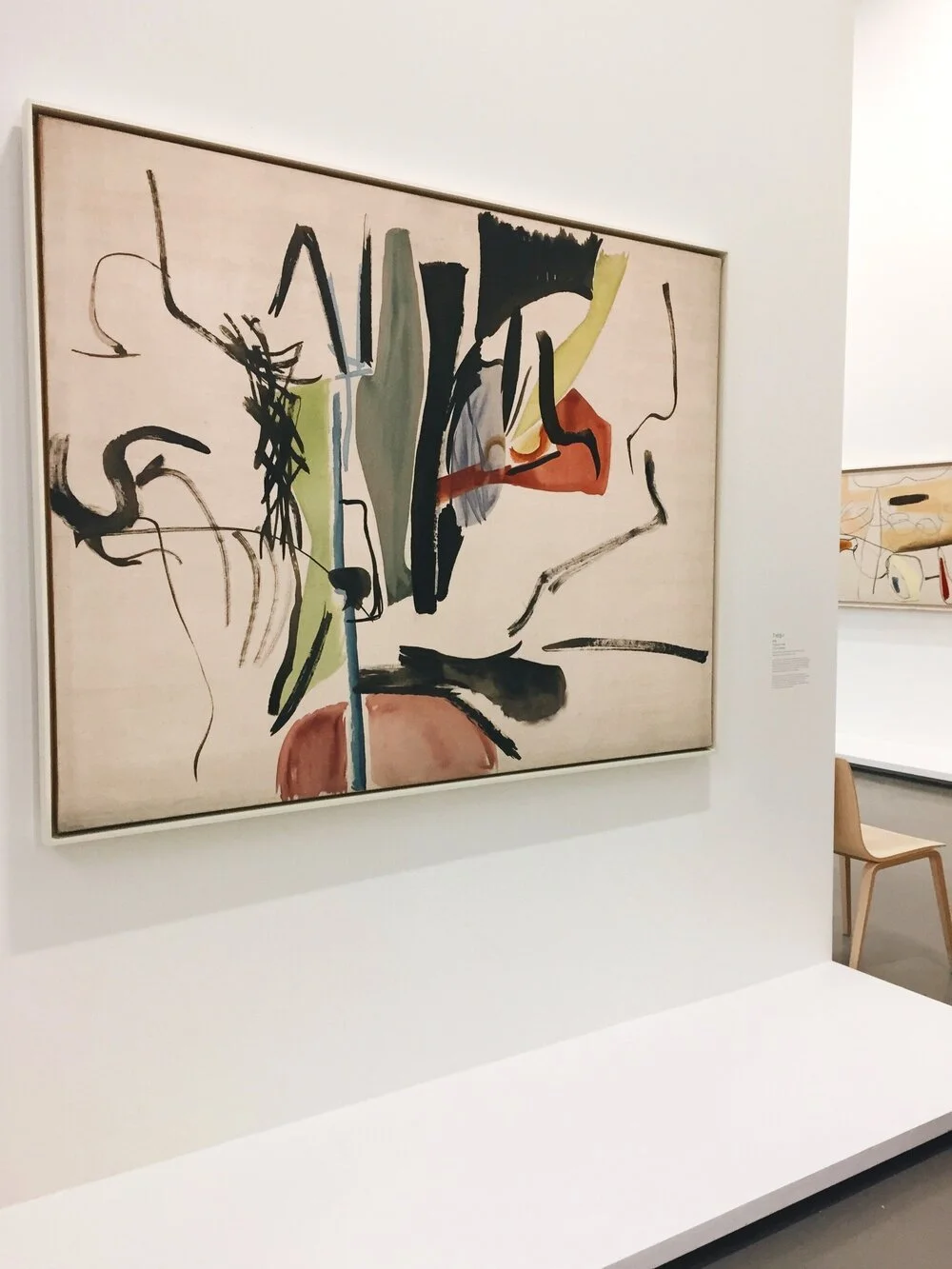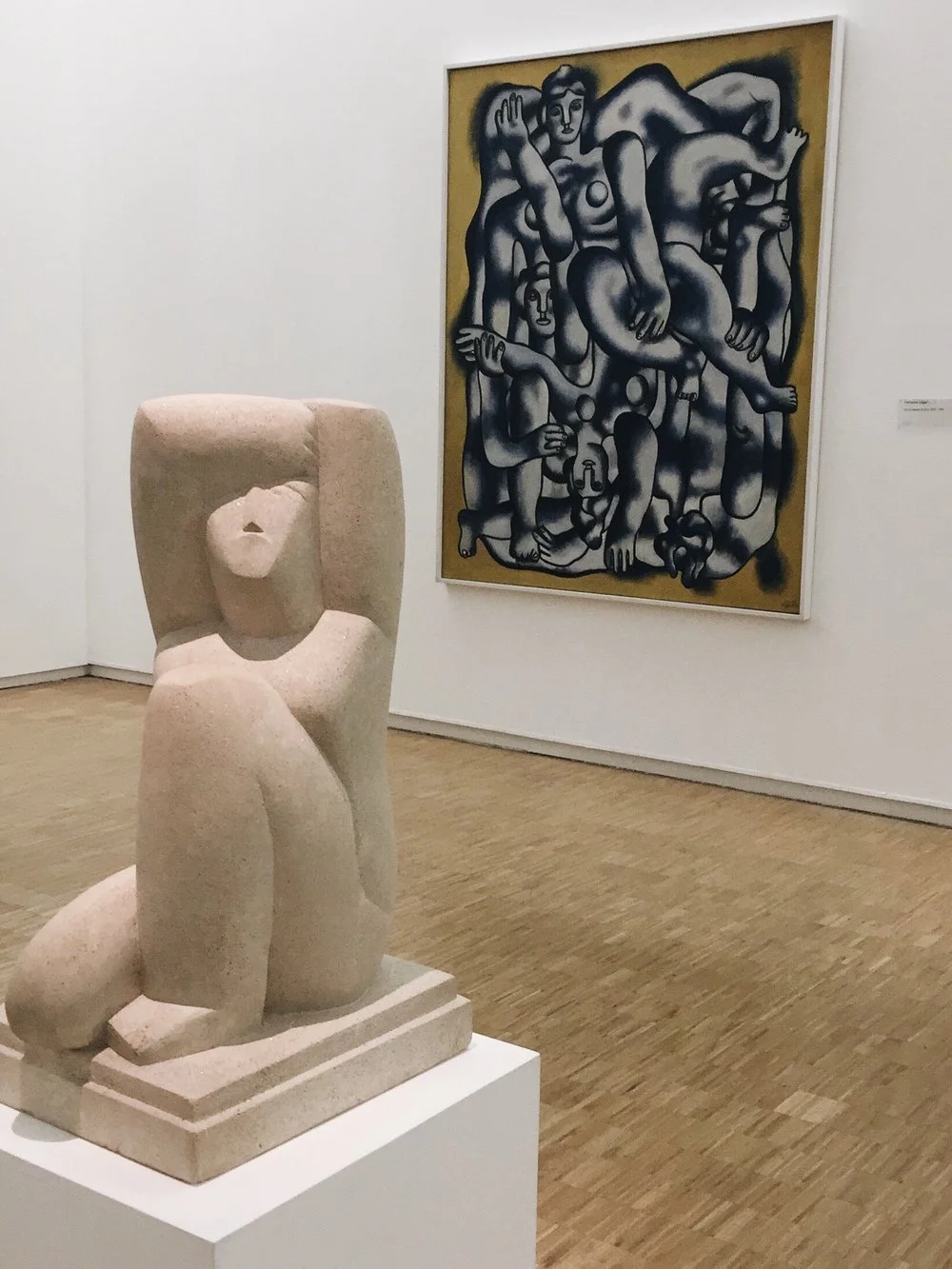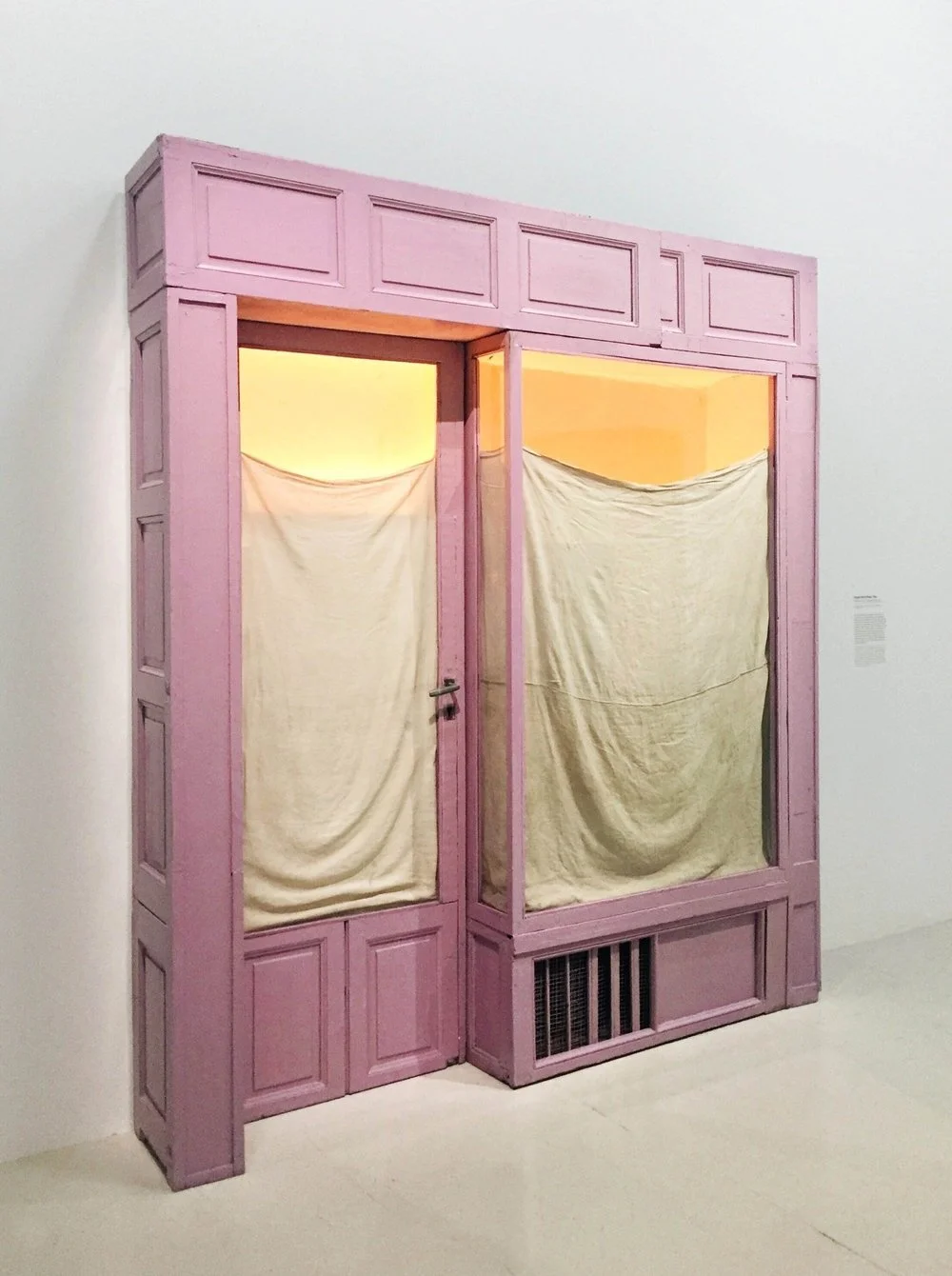Exhibition Review: Christian Boltanski at Centre Pompidou
I’ve written about Centre Pompidou on this site before (read about it here). The iconic building serves as France’s national museum for modern art. As one of the most visited art museums in the world, expect to see the greats of the 20th and 21st centuries. I visited to check out Christian Boltanski: Faire son temps, a retrospective of the conceptual artist.
Christian Boltanski (1944—) is a French multidisciplinary artist, and one of the most important contemporary artists in France. The exhibition features around fifty of his works, ranging from photographs and paintings to film and installation. It presents his typical themes and concerns while displaying his ambitious approach towards conceptual art.
The exhibition considers a number of societal concepts: commemoration, nature, identity…just to name a few. Memory is a clear theme—or perhaps rather, humans’ imperfect memories. Pictures of faces are blurred, concealed, or printed on delicate material which obscures and/or obfuscates subjects. The blurring of faces also makes each person anonymous, and therefore universal figures. Boltanski uses these faces as a tool to evoke overarching human experiences.
Death is another pervading theme. Many of the portraits used by Boltanksi are of those who passed away, often through violent circumstances such as war. His works act as shrine-like dedications to these lost individuals, often heightened by an altar-like shape or illumination by lightbulbs. One of his works titled Reliquaire, for example, directly addresses this theme through stacked metal boxes covered by blurred portraits. The title refers not only to physical remains, but also the bestowal of a religious or spiritual significance to their memories.
Because of the heavy themes, the exhibition is a somber experience. However, the show ends rather optimistically, featuring elements of the natural world. Animitas Chili is an installation featuring a video projection of an open field, with grass and hay laid out on the gallery floor, imitating the landscape seen in the film. The strong smell of hay instantly transports viewers to another world: bells hang off wire stems staked into the ground, ringing from the breeze, with a fluttering piece of paper attached to each one. The work is poetic and calming, meant to represent the music of souls.
The exhibition is opened by the word Départ and closed by the word Arrivée, both made up of fluorescent lightbulbs. These two works not only display an object typical of Boltanki’s oeuvre, but also mark the start and end of a journey. What exactly are we arriving to at the end of this exhibition? Our regular lives? a metaphorical death? We are of course literally entering and exiting the exhibition space, but these words symbolize the life cycle and all that can happen in between—and maybe after.
The exhibition will be on view until March 16, 2020.













